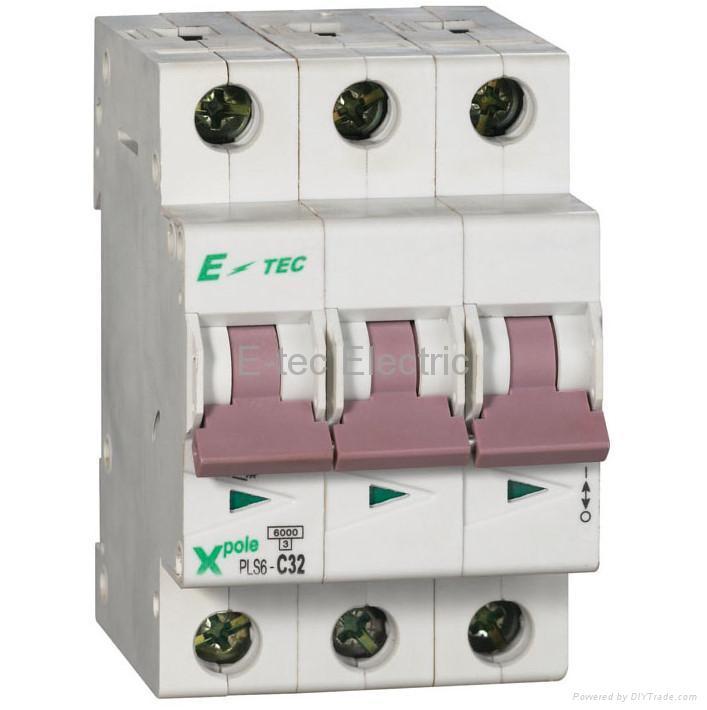P
PrinceofDarkness
What are you saying there, 123: That a supplier of a commercial or indusrtrial unit wouldn't cooordinate the sevice cut-out, to suit the characteristics of his supply?
I spent many years with the LEB, so I know that that isn't the case.
Lucia.
I spent many years with the LEB, so I know that that isn't the case.
Lucia.


